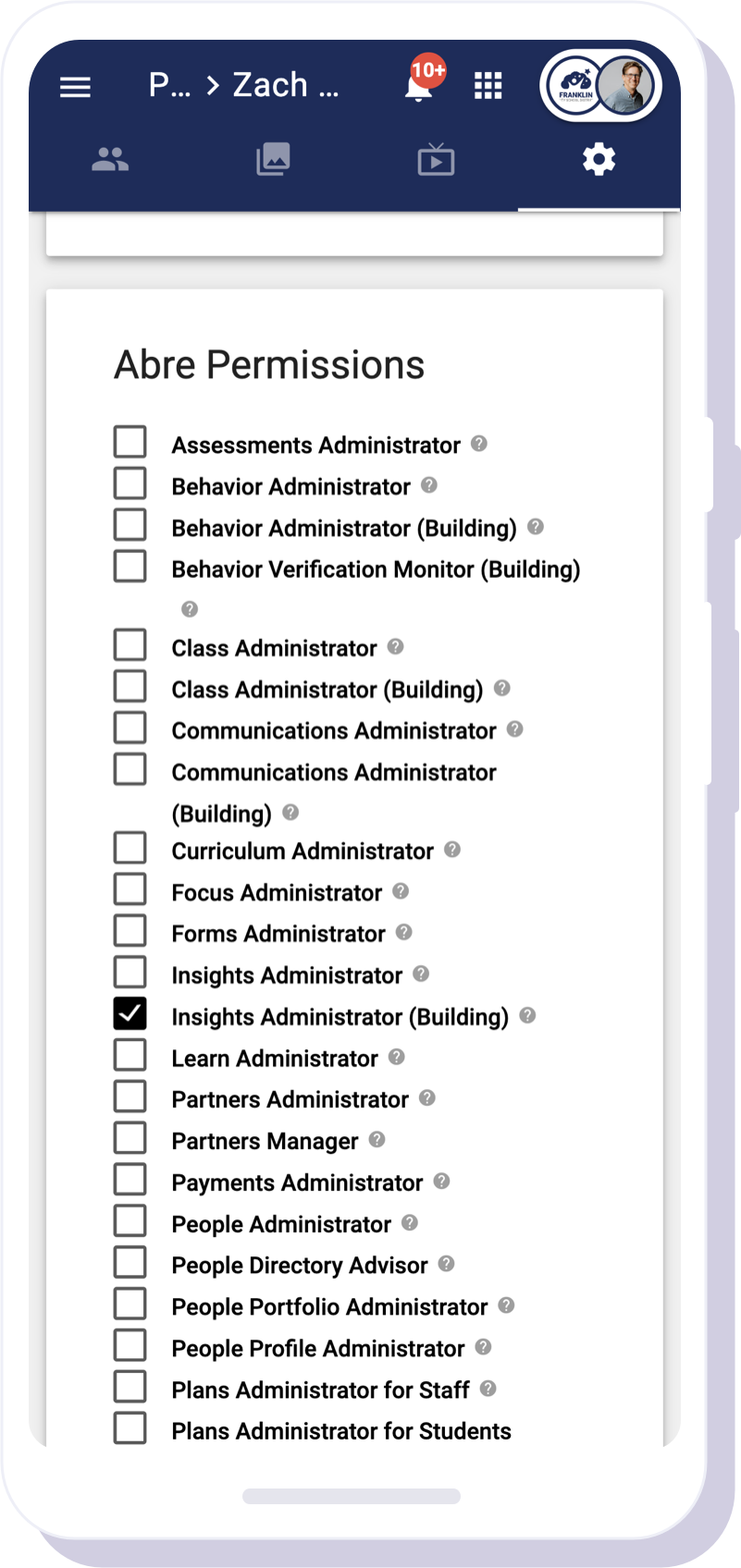This is the time of year in which the school community is inundated with assessment data. From district administrators to teachers, it’s easy to become data rich but information poor. What to do with all this input from state assessment results, local assessments, diagnostic assessments, and screeners? This treasure trove of student information is indeed valuable, but it can be overwhelming and difficult to find meaning in multiple reports and spreadsheets in search of the whole story of student proficiency. The greatest barrier to moving from assessment to action is the ability to analyze the data.
Looking back on my time as a district administrator, there were numerous opportunities to use assessment data as a physical exam (proactive) rather than as an autopsy of the previous school year (reactive).
State assessments can diagnose where a student is on their learning journey at that given point in time – but remember, the results are a snapshot of the learning at that moment, typically the spring of the previous year. Throw in a summer between then and the start of the new school year, and that one assessment may provide limited insights.
In the beginning weeks of school, students may engage in additional local assessments including benchmarks and diagnostic tests. Benchmarks are given at intervals throughout the year to gain insights into student learning. These types of assessments can accomplish many things – including early intervention support for both struggling learners and for those who need additional challenges beyond current grade level. However, the complete assessment picture can be difficult to see on any given student if that view requires logging into multiple platforms to retrieve the data. What is needed is a consolidated whole-child view and that’s where Abre can help. In addition, the assessment data coupled with wellness assessments, attendance, and behavior records can paint a powerful picture of each student and highlight other factors that may be impacting student learning and growth.
Vertical Data Alignment
Abre is both a modern data platform and partner, offering turnkey dashboards ready to launch and custom-created dashboards fully aligned to your areas of need. Abre helps you scale data sharing, from the aerial view required for district leaders to the granular level of the classroom educator, all driven from one single source of truth.
The example below is a dashboard reflecting NWEA MAP Growth data. Note the filters along the right side to adjust as needed for the year, school site, and even student-level data available in a comprehensive download. These district-level insights provide an opportunity to review trends, high need areas based on student demographics, and even possibly schools in need of additional support.
School360
Abre Insights provides permissions-level data filtering, meaning building leaders have access to the same information as district leaders for their school sites. This is a huge advantage for building leaders who are focused primarily on the student population they serve. The reports generated will only represent the students enrolled in the specific buildings.

The Student360
The Students App creates a comprehensive, 360-degree view available for teachers, taking the trend level (district) and building level data to an instructional driver classroom level. This view pulls together all assessment data (and much more!) that has been shared and visualized in Abre, allowing for a whole-child view that enables educators to take action in the classroom based on assessment results.
Simply open the Students App and search for the class or student needed. Once identified, the student information will display all shared assessment data information in one view.

Once a complete assessment view is available, it’s much easier to move to the action steps:
- Assessments can reveal gaps in learning or opportunities for acceleration. This can be supported by small group instruction or even intervention plans for individualized needs.
- Discuss assessments with students. They need to understand their journey and take ownership of their learning. This doesn’t need to be a negative conversation if a student has not hit the mark; instead, think of it as an opportunity to engage with the student and set goals.
- Assessment data provides an excellent opportunity for your professional learning communities to come together to discuss student outcomes. Is the curriculum scope and sequence and pacing in alignment across classrooms? Is there a particular student population that needs additional support?
- Administrators may need to provide teacher support and professional learning for instructional strategies. Utilizing instructional coaches and mentor teachers is a great way for professionals to work together for student success.
- And last, remember that formative assessment – real time, in the moment – continues to be an excellent measure of student achievement. This allows educators to adjust instruction as needed and provide differentiated support.
Assessment is a critical part of the learning journey. Data should be easy to access and understand, able to be filtered for student populations, grades, and much more. The ultimate goal is the ability to take action on what we see. Make the data work for you instead of working for the data. Abre is here to help.
Related posts:
Grades. Few topics in education spurn debates, emotions, and strong views like grades. People have opinions. We get that. There are many ways to view and understand grades. Different philosophies, pedagogical stances, and political (as in, community politics) views. While...
Creating a Behavior Intervention Plan to Use in the MTSS Process
Part of the MTSS Process frequently involves Behavior Intervention Plans. Abre provides an out-of-the-box experience for Behavior Intervention Plans....
How Students Understand the Full Picture
How can students understand the full picture of their growth? Abre's Student360 ties everything involving a student together and solves the problem of fragmentation and siloed data surrounding them. This year we're excited to offer the Student360 to students!...

